Family †Leptoceratopsidae Scientific name Leptoceratops Rank Genus | Phylum Chordata Species †L. gracilis Higher classification Leptoceratopsidae | |
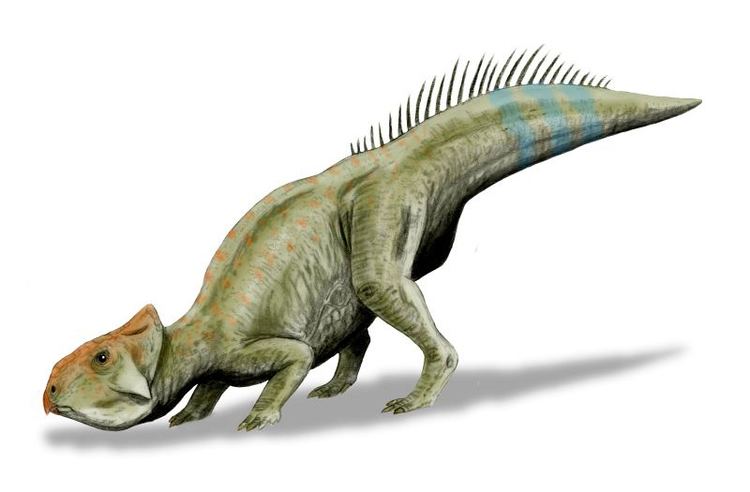 | ||
Similar | ||
I m a dinosaur leptoceratops cartoons for children learn dinosaur facts hooplakidz tv
Leptoceratops (meaning 'little-horned face' and derived from Greek 'lepto-/λεπτο-' meaning 'small', 'insignificant', 'slender', 'meagre' or 'lean', 'kerat-/κερατ-' meaning 'horn' and '-ops/ωψ' meaning face), is a genus of primitive ceratopsian dinosaurs from the late Cretaceous Period (late Maastrichtian age, 66.8-66 Ma ago) of what is now Western North America. Their skulls have been found in Alberta, Canada and in Wyoming.
Contents
- I m a dinosaur leptoceratops cartoons for children learn dinosaur facts hooplakidz tv
- I m a dinosaur leptoceratops hooplakidz tv
- Discovery and speciesEdit
- ClassificationEdit
- DietEdit
- References
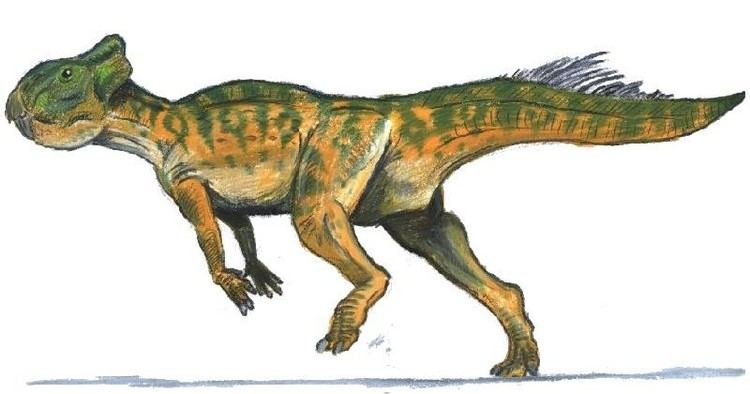
Leptoceratops could probably stand and run on their hind legs: analysis of forelimb function indicates that even though they could not pronate their hands, they could walk on four legs. Leptoceratops was around 2 metres (6.6 ft) long and could have weighed between 68 to 200 kilograms (150 to 441 lb).
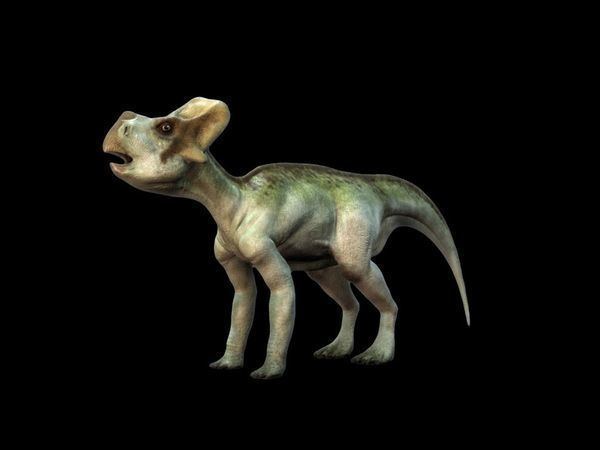
I m a dinosaur leptoceratops hooplakidz tv
Discovery and speciesEdit
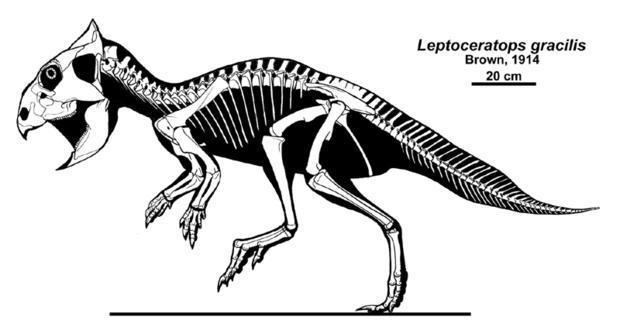
The first small ceratopsian named, Leptoceratops was discovered in 1910 by Barnum Brown in the Red Deer Valley in Alberta, Canada. He described it four years later. The first specimen had a part of its skull missing, however there have been later well-preserved finds by C. M. Sternberg in 1947, including one complete fossil. Later material was found in 1978 in the Bighorn Basin of northern Wyoming.
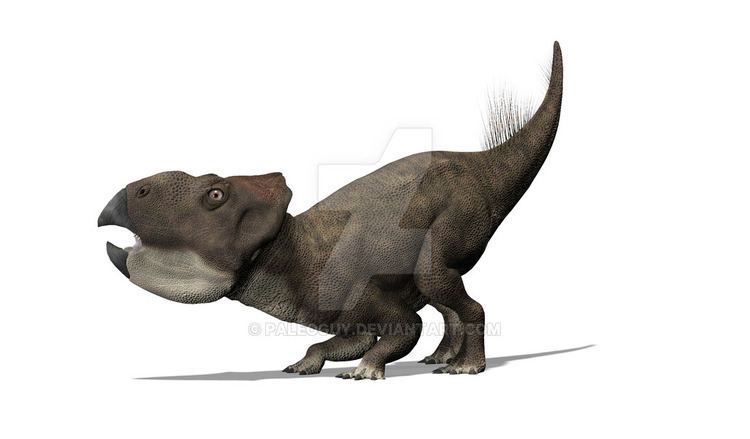
The type species is Leptoceratops gracilis. In 1942, material collected in Montana was named Leptoceratops cerorhynchos but this was later renamed Montanoceratops.
ClassificationEdit
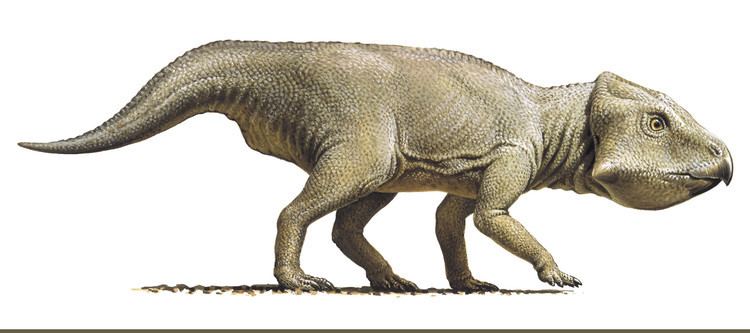
Leptoceratops belonged to the Ceratopsia, a group of herbivorous dinosaurs with parrot-like beaks that thrived in North America and Asia during the Cretaceous Period. Although traditionally allied with the Protoceratopsidae, it is now placed in its own family, Leptoceratopsidae, along with dinosaurs such as Udanoceratops and Prenoceratops. The relationships of Leptoceratops to ceratopsids are not entirely clear. Although most studies suggest that they lie outside the protoceratopsids and ceratopsids, some studies suggest that they may be allied with Ceratopsidae. The absence of premaxillary teeth is one feature that supports this arrangement.
DietEdit
Leptoceratops, like other ceratopsians, would have been an herbivore. The jaws were relatively short and deep and the jaw muscles would have inserted over the large parietosquamosal frill, giving Leptoceratops a powerful bite. The teeth are unusual in that the dentary teeth have dual wear facets, with a vertical wear facet where the maxillary teeth sheared past the crown, and a horizontal wear facet where the maxillary teeth crushed against the dentary teeth. This shows that Leptoceratops chewed with a combination of shearing and crushing. Between the shearing/crushing action of the teeth and the powerful jaws, Leptoceratops was probably able to chew extremely tough plant matter.
Given its small size and quadrupedal stance, Leptoceratops would have been a low feeder. Flowering plants were the most diverse plants of the day, although ferns and conifers may still have been more common in terms of numbers.
